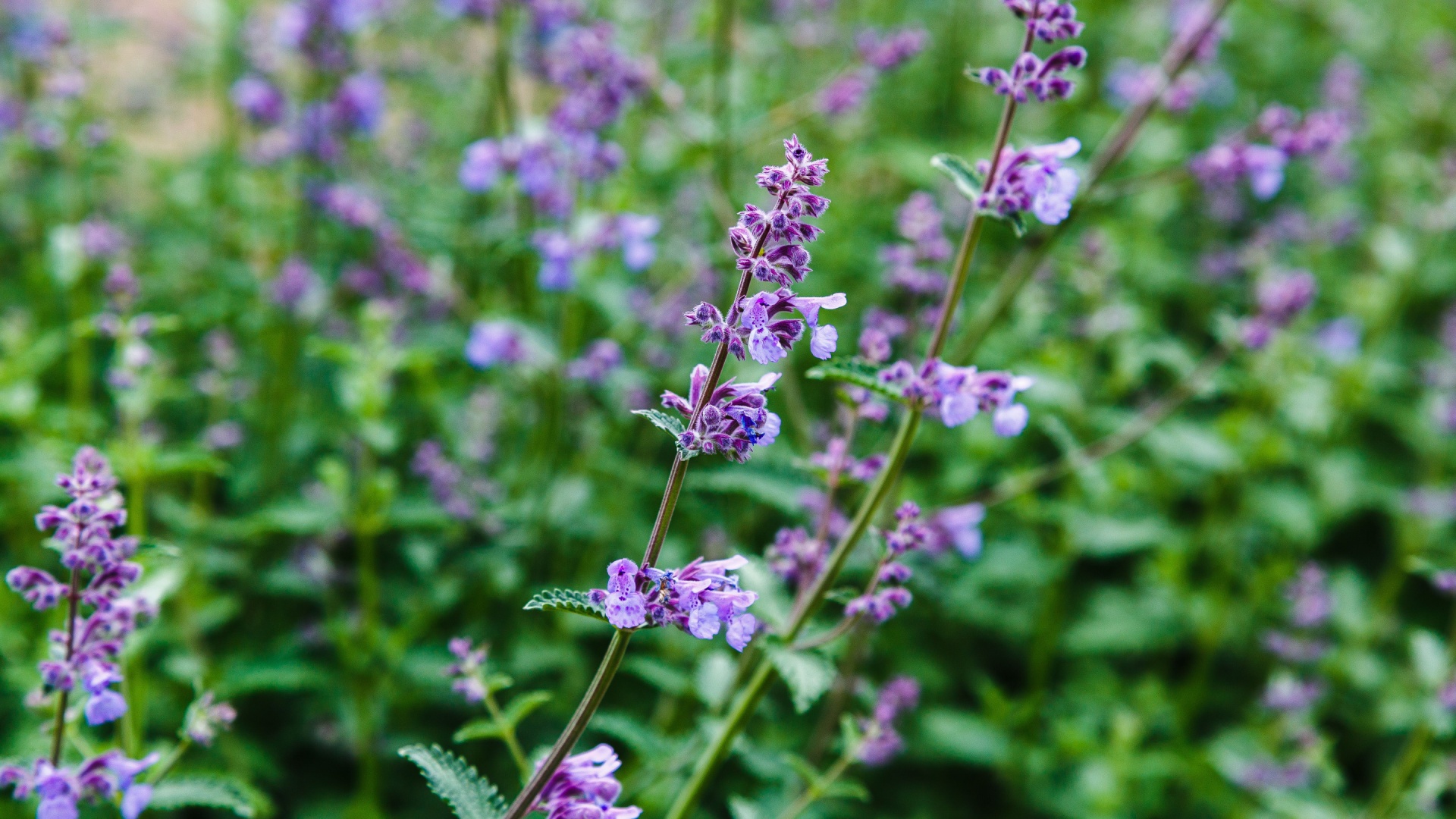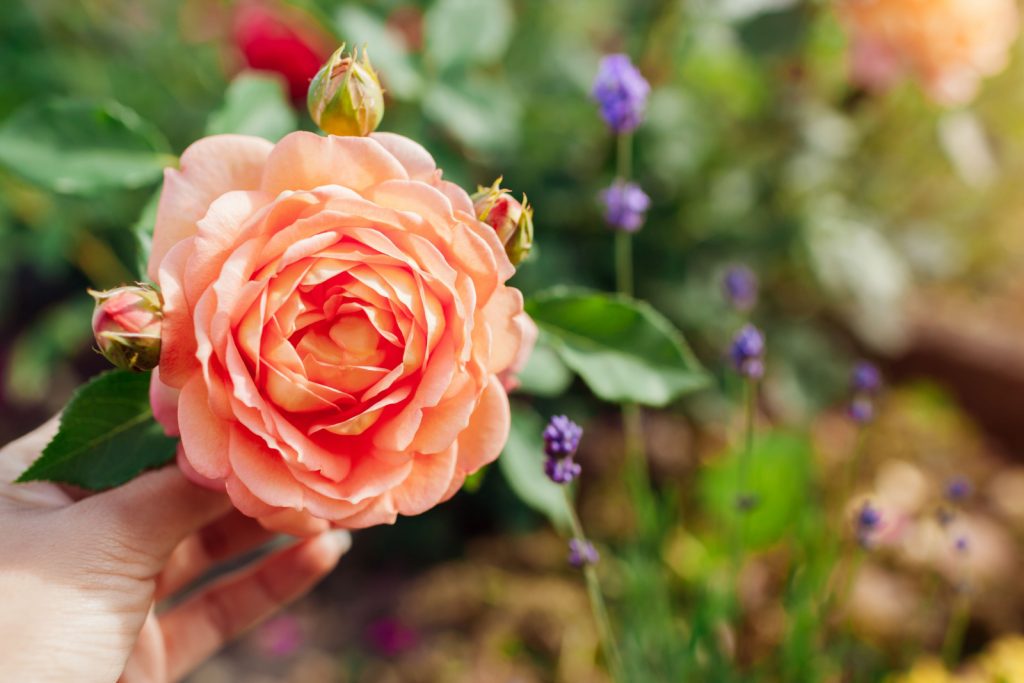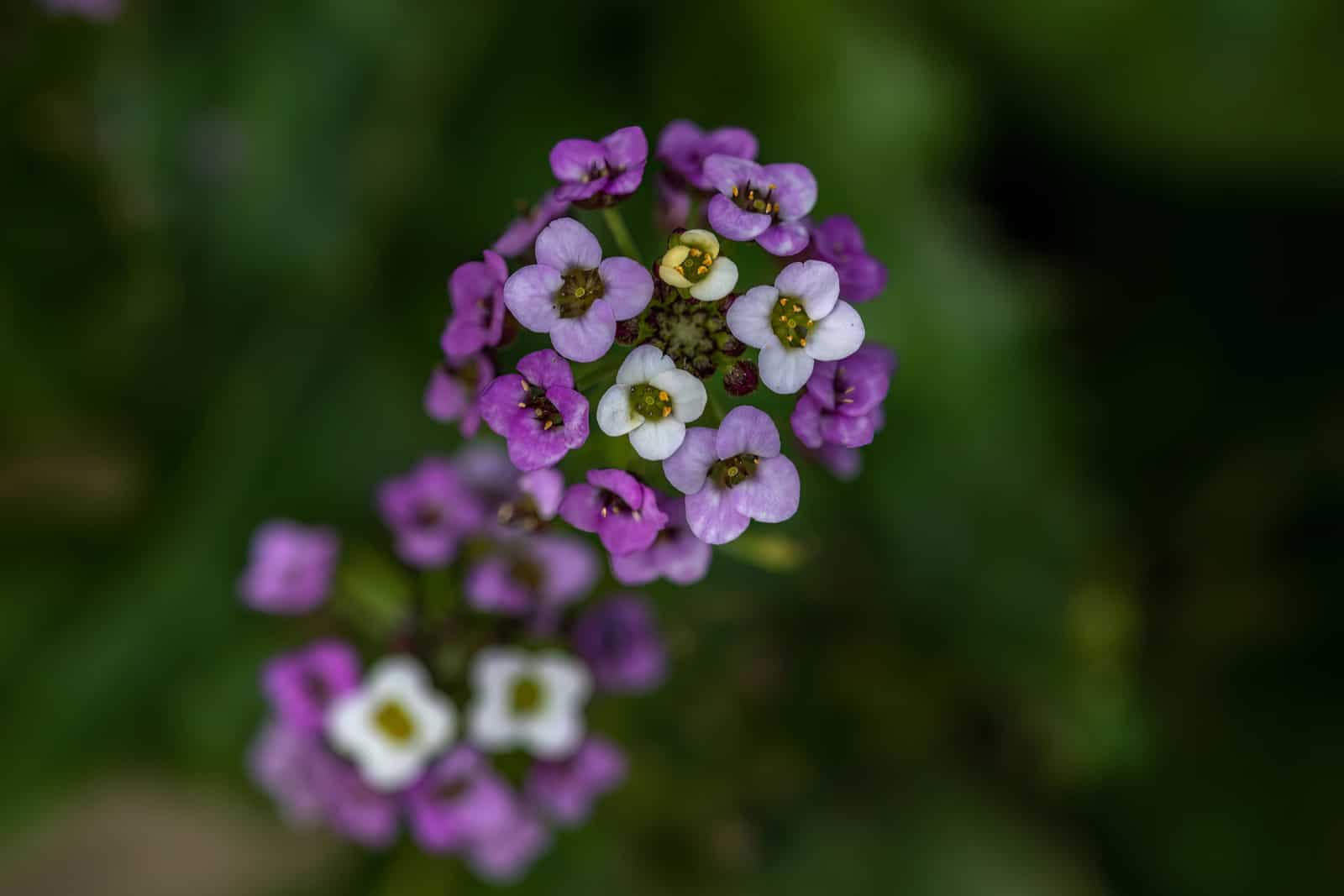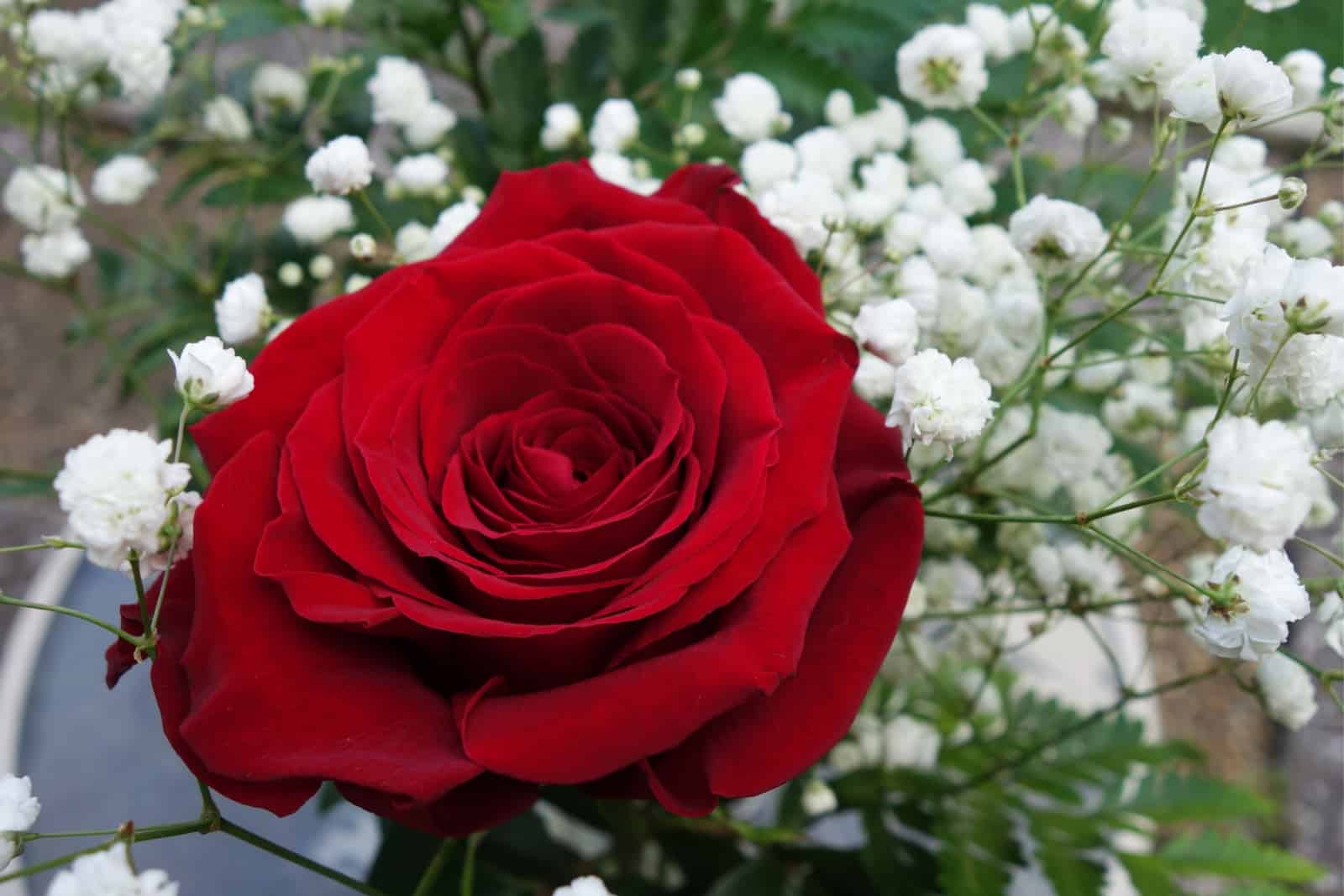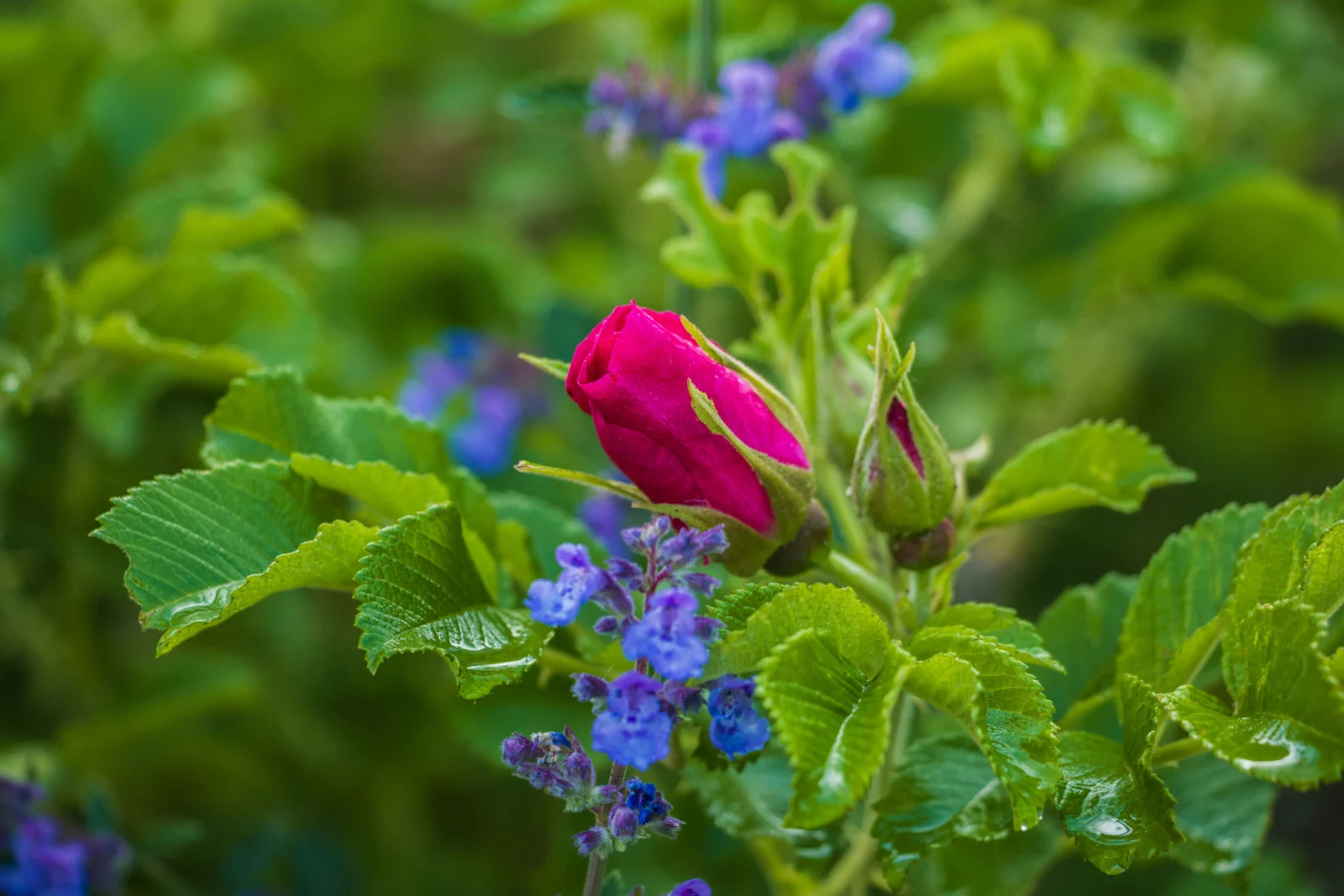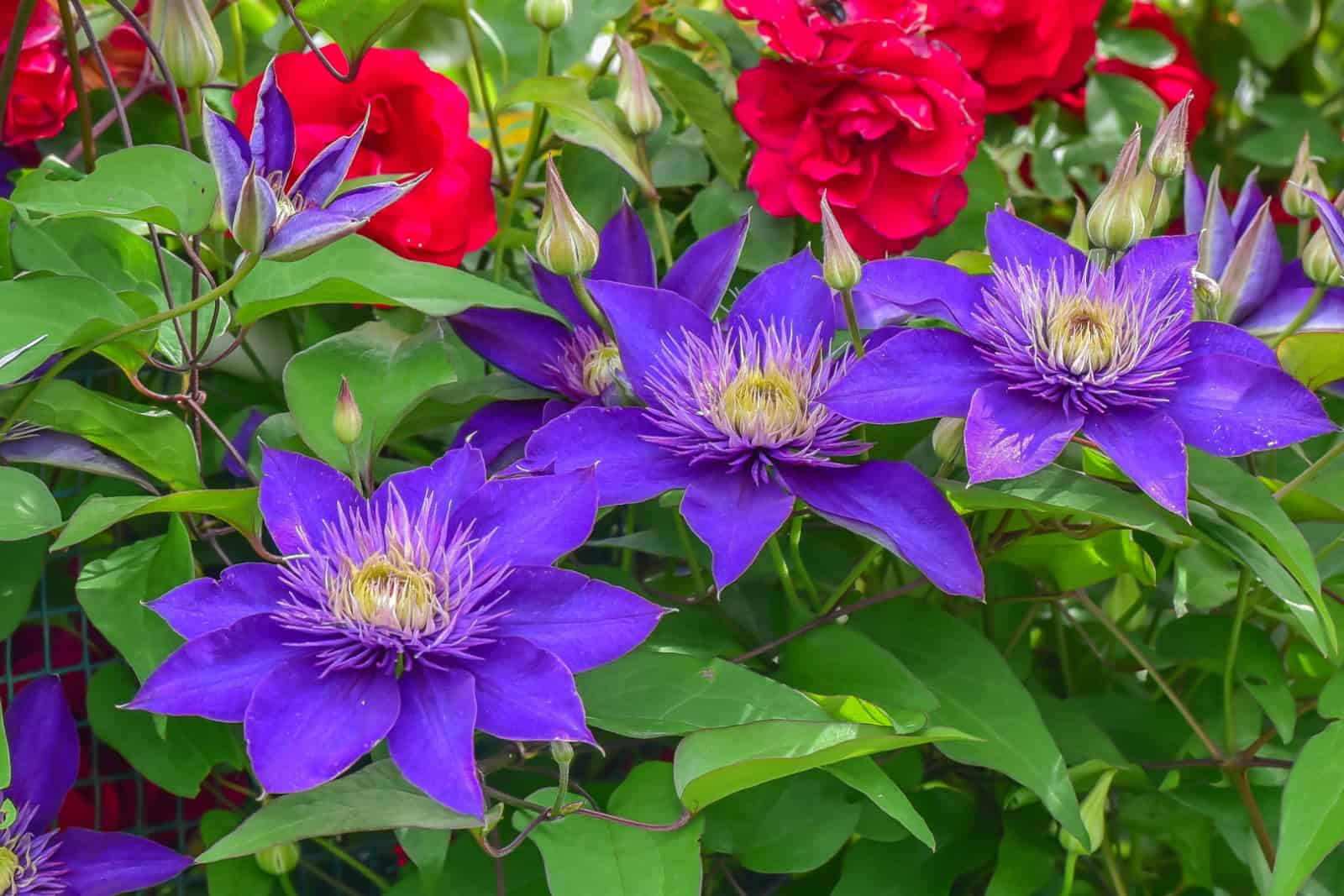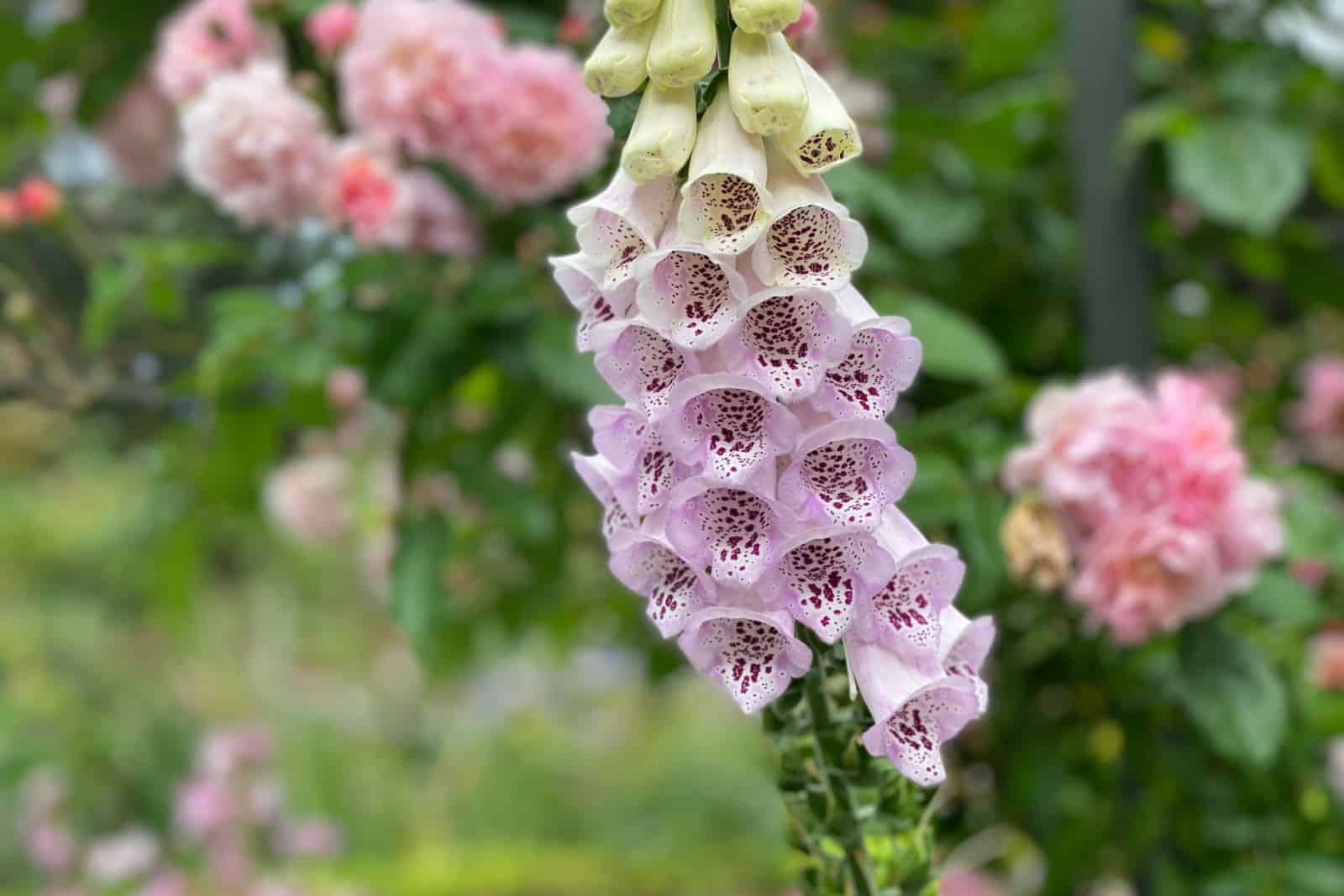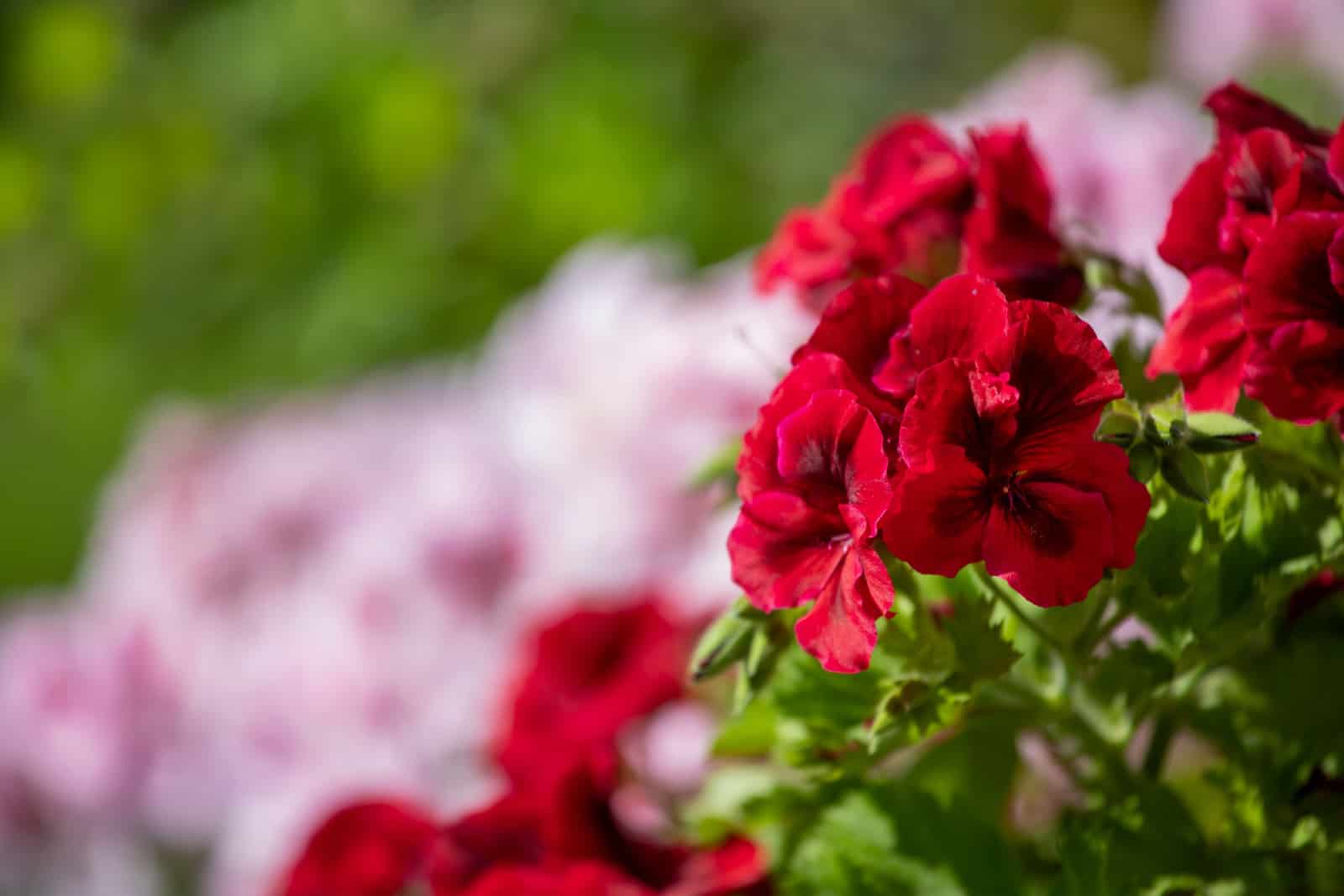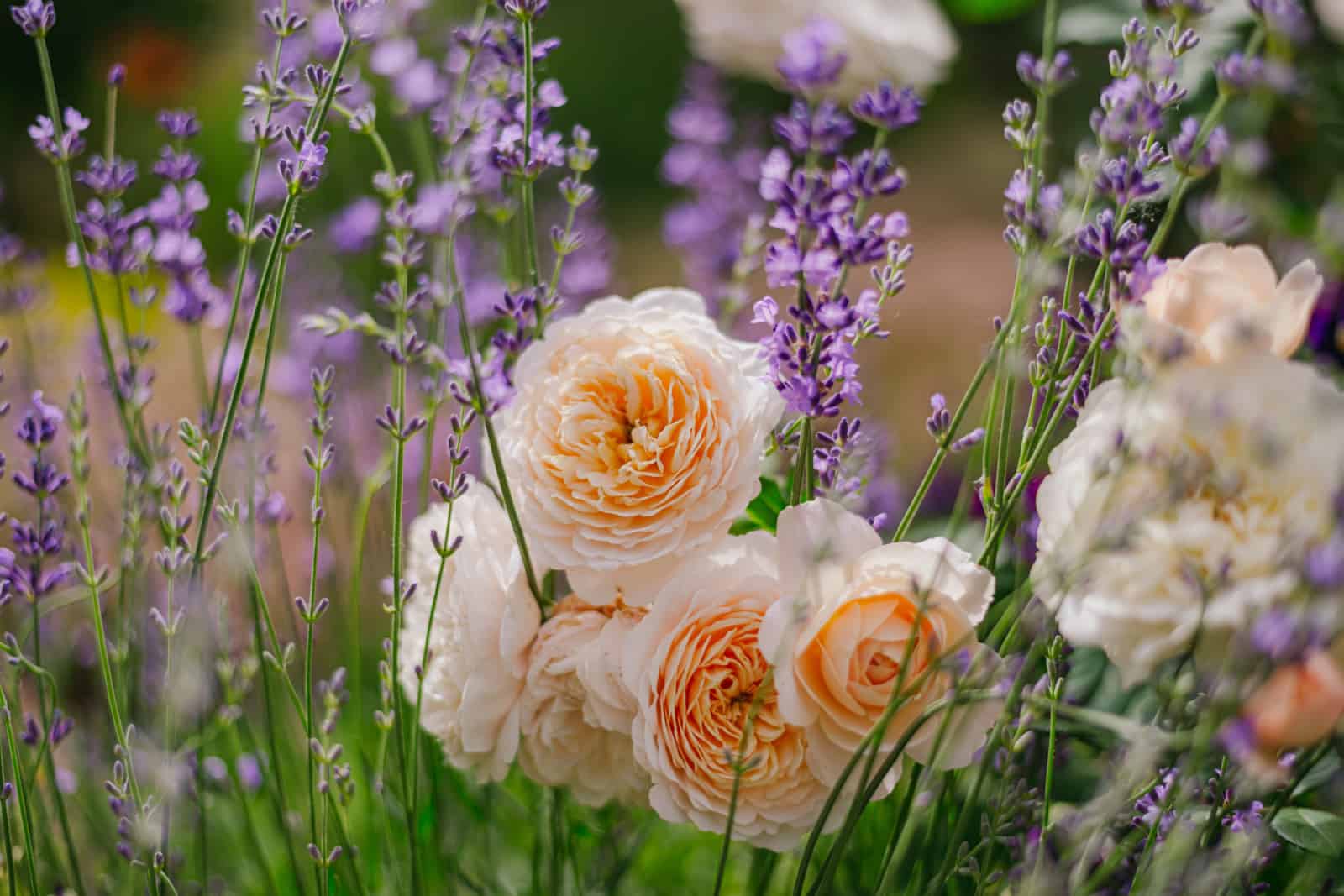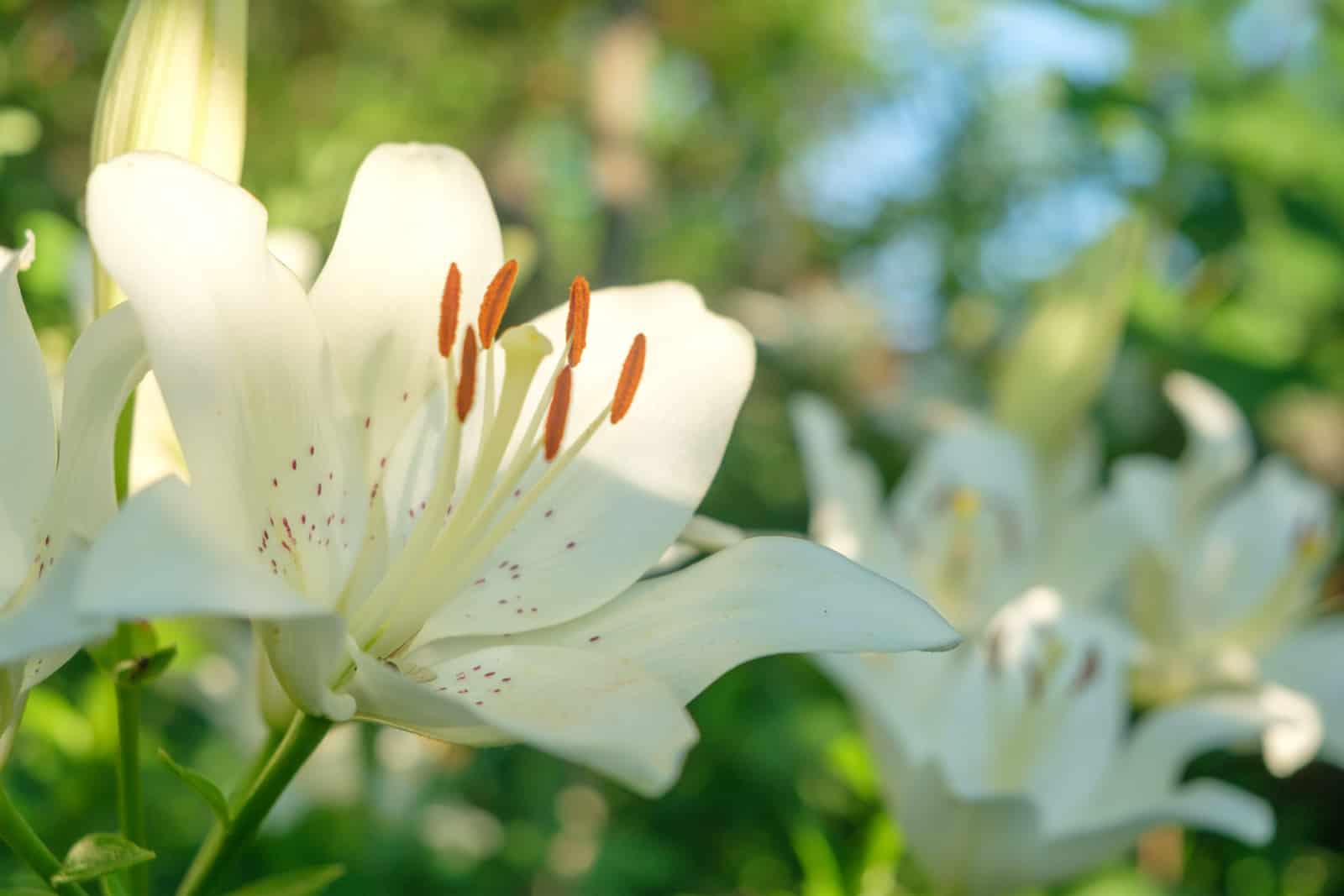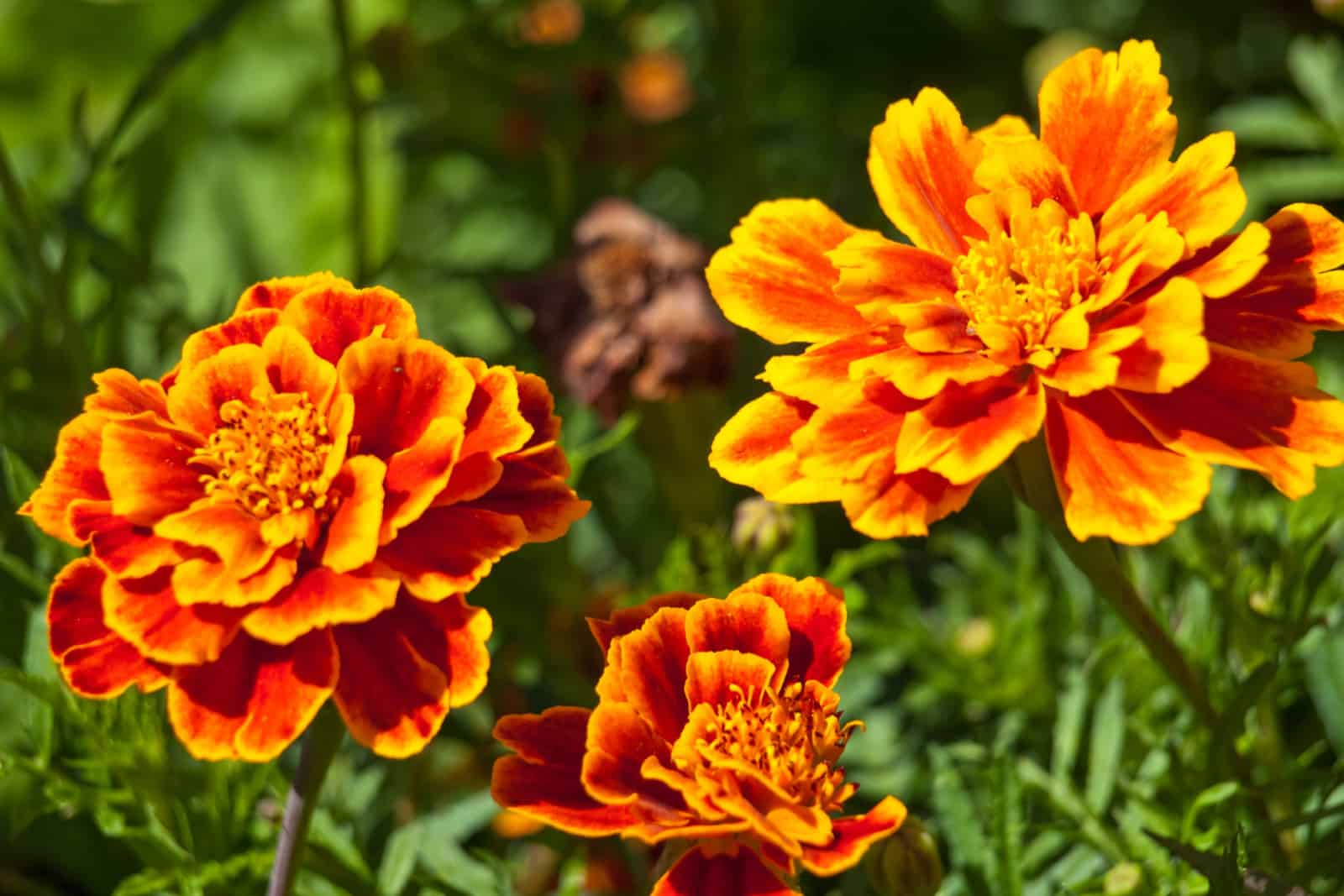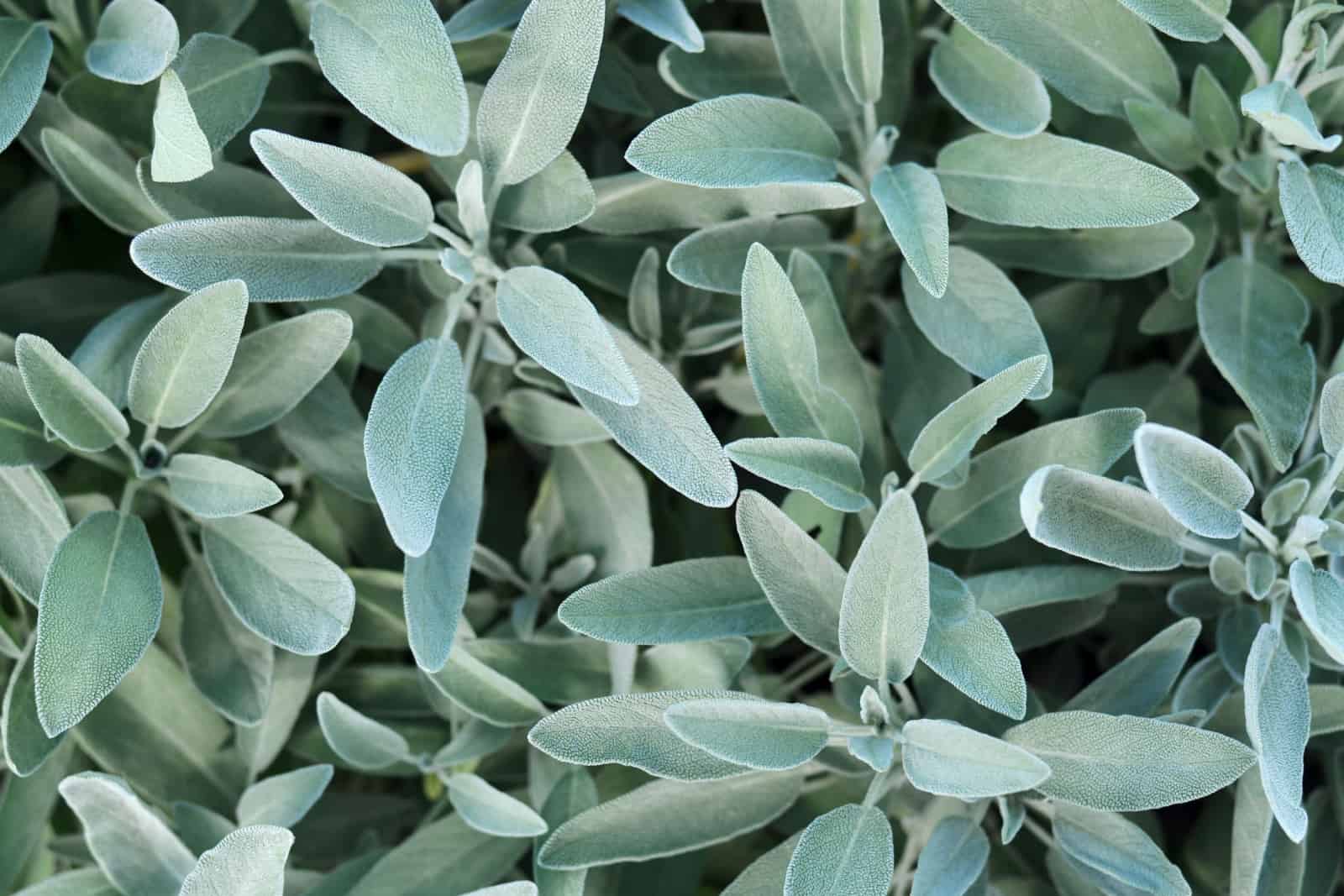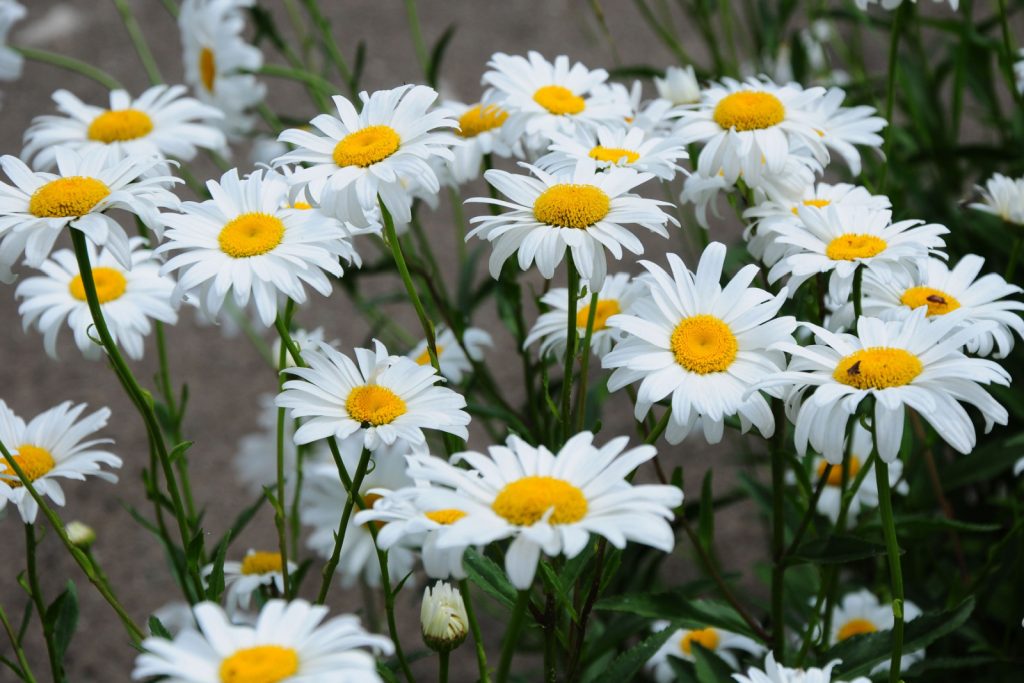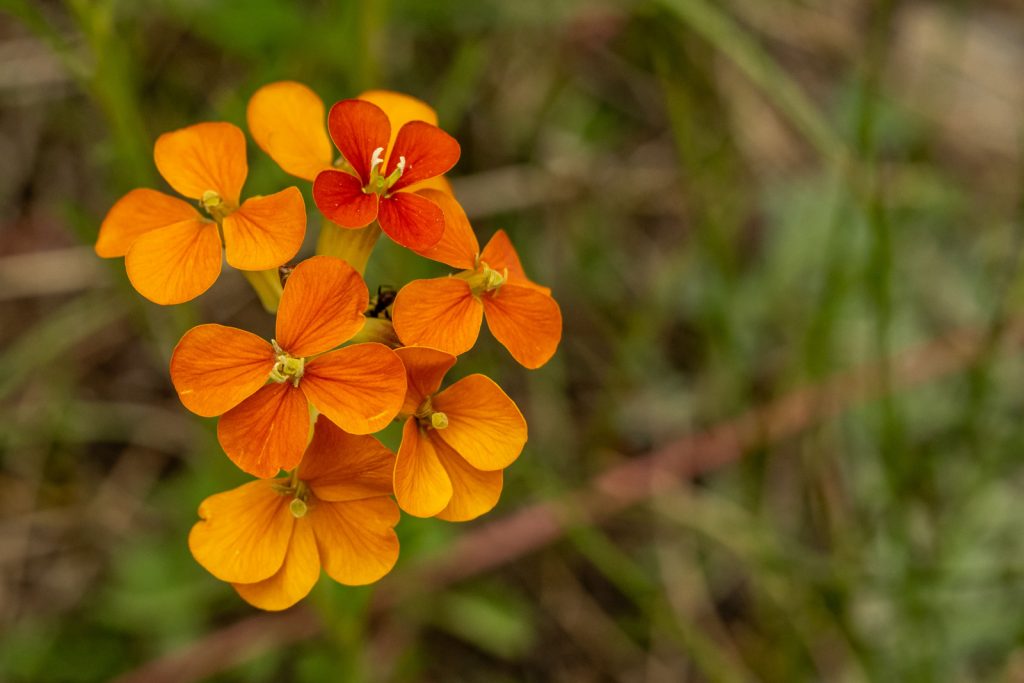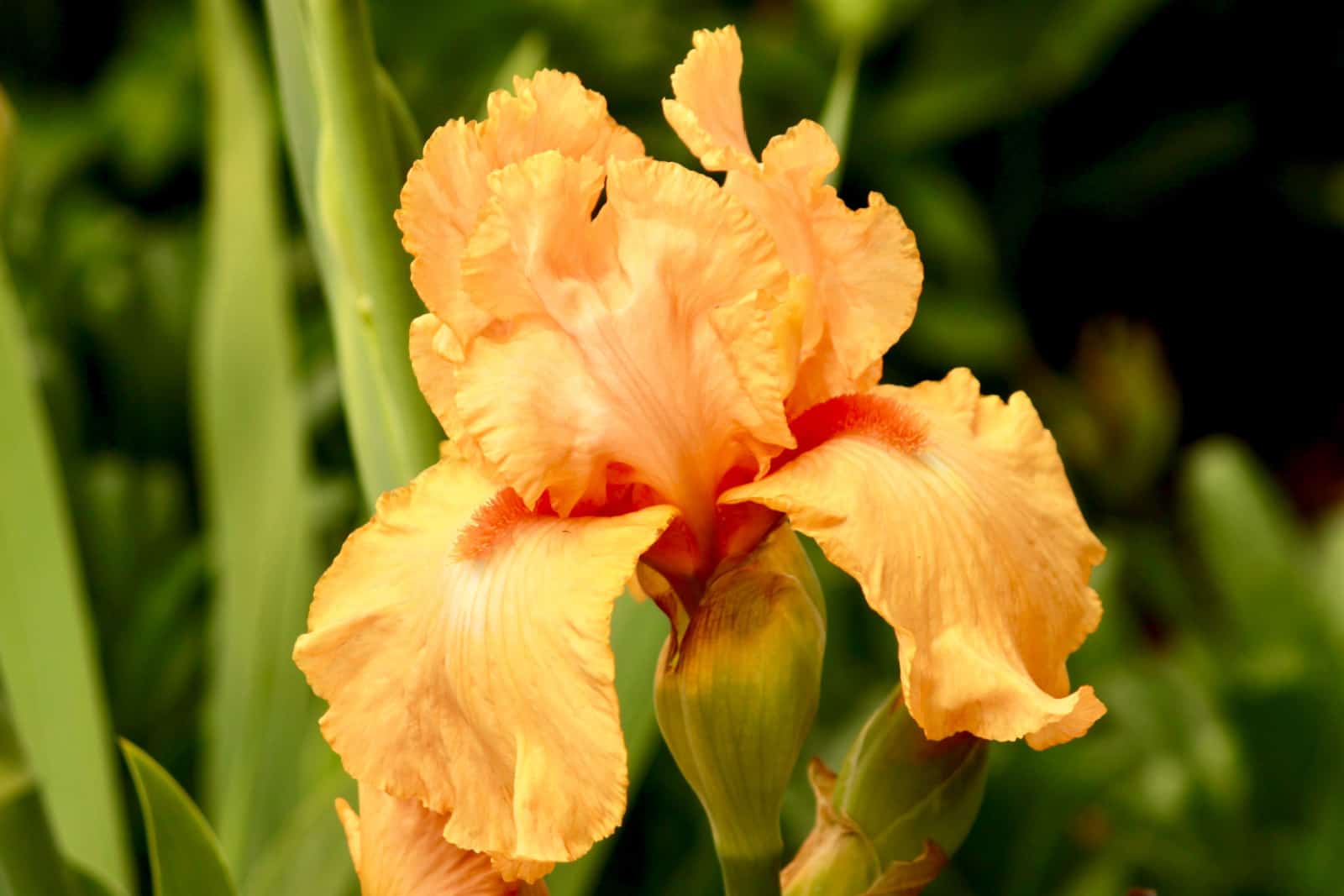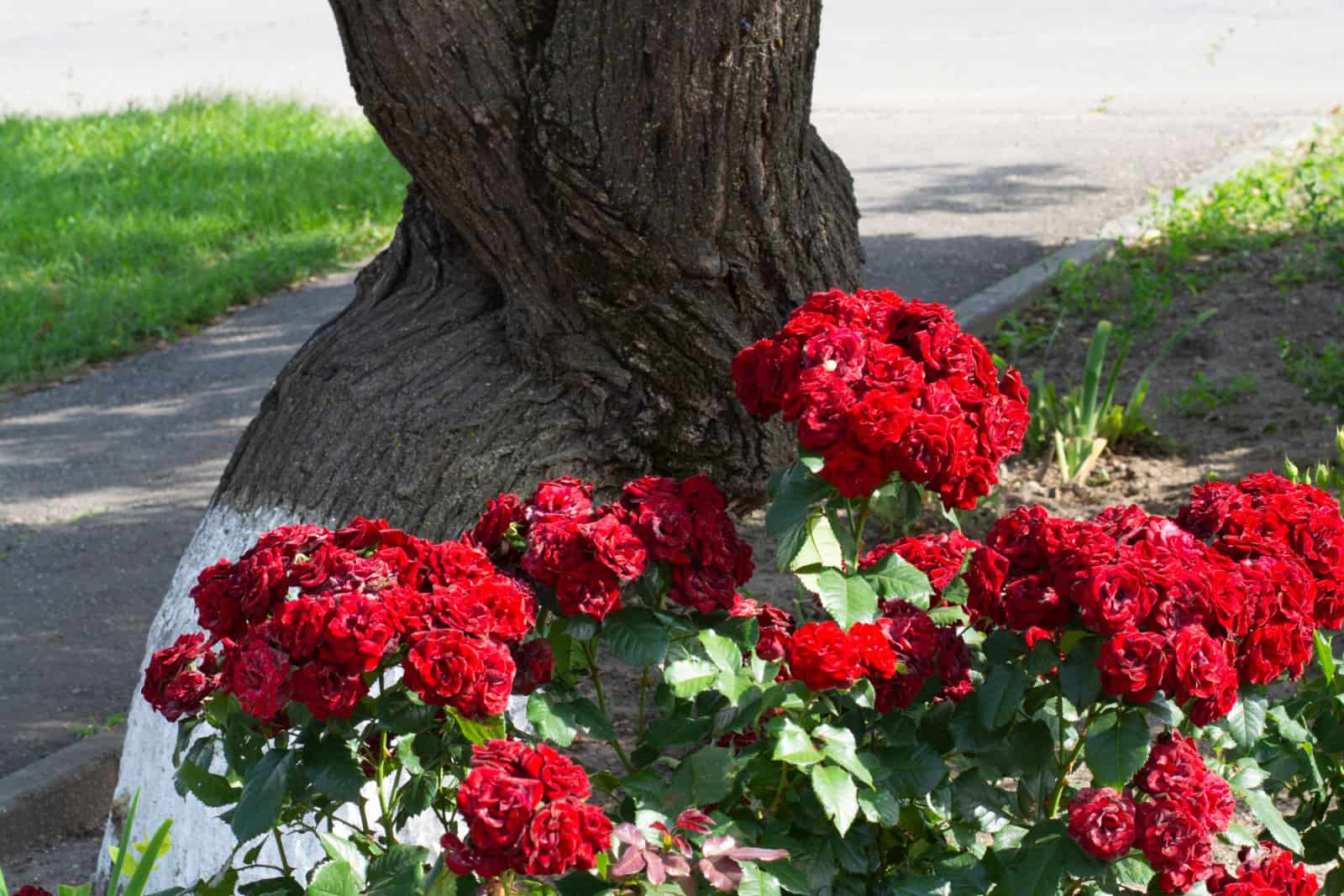Roses are beautiful on their own, but there are plants that will emphasize that beauty and help them thrive at the same time.
Marigolds and lavender will keep your prickly buddies safe from pets, while baby’s breath and clematis will bring you one step closer to a fairy tale garden.
But not all plants are suitable companions for roses, mostly because of their different growing requirements.
Let’s check the best options and some plants you should avoid growing near roses!
What Are Companion Plants?
Companion plants are simply species you grow with your other flowers, fruits, or veggies to help them thrive or enhance their beauty.
Some companions will attract pollinators and beneficial insects that feed on pests, others will repel pests due to their scent, and some will enrich the soil with nitrogen.
So to find an ideal friend for your roses, you have to think about the end goal. Some roses deserve a central spot and you can go with some low-profile companions to make them shine. White flowers are perfect for this occasion.
And if you want to keep your roses safe from pests, go with fragrant herbs.
Roses aren’t attractive during winter when we heavily prune them, so you can choose early bloomers to add more interest to your landscape before everything comes to life.
Consider planting tulips, snowdrops, and crocuses beneath your rose bushes, and add some of the following plants for an all-season bloom.
1. Alyssum
Alyssum has a low-growing habit and can create a lovely white mat underneath your rose shrubs.
It thrives in the same growing medium as roses, so there’s no reason why you shouldn’t give this combination a try.
Another thing that makes it an excellent companion to roses is that it’s not a huge fan of full sun, and the rose bush would give it some shade during the hot middays.
Alyssum smells like honey and will add to the overall allure of a rose garden.
2. Baby’s Breath
We’re used to seeing baby’s breath in flower arrangements, so why not replicate it in your garden?
Plant this flower close to your blood-red rose bushes, and you’ll see how their colors will pop.
Baby’s breath and roses have similar growing requirements, so make sure to provide them with plenty of sunlight and good drainage.
Finally, the baby’s breath will flower in several flushes throughout the season, attracting butterflies along the way.
3. Catmint
Purple-blue catmint bushes look great on their own, but even more so when combined with colorful roses.
They will attract hummingbirds, birds, bees, and butterflies to your garden, making it full of life.
Catmint will hide the unsightly rose bottoms and provide another spray of blossoms after deadheading.
4. Clematis
Clematis is an excellent companion to climbing roses because it attracts various beneficial insects and birds that feed on pests crawling over your roses.
And you can use both plants to create an unforgettable landscape. Train them on stand-alone trellises, arches, or pergolas for more interest.
You can even grow clematis in a pot if you don’t want to be bothered by spacing and soil fertility.
5. Foxglove
These flowers reach their peak in early summer and you can plant them with roses that bloom at the same time.
Pink and purple foxgloves complement white roses nicely, while peach foxglove goes well with creamy, crimson, or even pink roses.
It is their similar growing requirements that make them such great companions, as well as the fact that foxgloves will attract numerous beneficial insects that will feed on pests.
However, both plants can fall victim to fungal diseases and pests, such as mildews, aphids, and mealys, so they’re not the best companions in rainy and humid climates.
But if you live in a drier region and space your roses and foxgloves properly, you’ll get an attractive garden just like that!
6. Geranium
If you’re looking for a way to beautify the ground around roses, then consider planting some geraniums.
Hardy pink flowers will emphasize any rose color from May to October. They do require full sun, so plant them in front of roses and let them face south to avoid shade.
Another thing makes geraniums excellent companions to roses. These plants contain anacardic acids which act as traps and toxins, deterring smaller pests. (1)
There are many other geranium companion plants and you can combine some of them with roses to create a unique setting.
7. Lavender
Lavender and roses have terrific visual appeal, whether you combine deep purple lavender with pink or white roses, or white lavender with deep red and crimson roses.
There’s just one thing; you shouldn’t grow them in the same bed. When growing lavender, you have to ensure the soil isn’t too fertile and that it has excellent drainage.
On the other hand, roses need more moisture and nutrients than lavender and wouldn’t reach their full potential if you grew them in the same bed.
Plant them in separate beds or grow lavender in containers for more visual appeal.
This combination will attract numerous pollinators, spread exquisite fragrances, and repel all sorts of pests.
8. Lilies
Large lily flowers contrast the smaller roses nicely, especially if you combine white and blood-red species.
Lilies will blossom as the first flush of rose blooms comes to an end, prolonging the colorful season in your front yard.
Both plants spread delightful fragrances, providing you with a calm bouquet that engages the senses. And they will attract pollinators, too.
You can even use lilies as a sacrificial crop for beetles. They will attract these nuisances, so you can destroy them before they hurt your rose bushes.
Just make sure to keep your children and pests away from lilies as they are toxic.
9. Marigold
Marigolds are a super-plant and the greatest companion. They attract pollinators and natural predators that deal with pests, exude a chemical that fights harmful nematodes, and look stunning at the same time.
Their colorful heads pair well with red, yellow, and white roses, but pink roses and orange marigolds are a great hit as well.
And if you’ve got more marigolds than can fit in your rose garden, plant some in your vegetable patch. They’ll love it there!
10. Sage
Sage originates from the Mediterranean, just like lavender, so it needs well-draining, slightly dry, and moderately fertile soil to thrive.
This contrasts with roses’ requirements for a nutrient-rich substrate. Therefore, you should plant sage and roses in different flower beds or containers.
However, sage has many benefits for roses that would be a shame to miss out on. It may help reduce the risk of mildew and blackspot and attract pollinators.
Pair this combo with some other companion plants for sage, and you will get a fragrant eye-capturing garden.
11. Shasta Daisies
Shasta daisies are an all-time classic, so there’s no reason why they shouldn’t get along with another traditional garden dweller – roses.
The simplicity of white daisy flowers pairs well with any rose color and the combination will attract many pollinators.
Just like roses, shasta daisies love full sun conditions with excellent drainage and are fairly easy to care for as long as you meet these requirements.
12. Wallflower
Orange and brick-red blossoms of wallflower are all it takes to make your white or crimson roses shine.
But they have another advantage. Wallflowers contain cardenolides which repel plant-eating creatures. (2)
Therefore, your roses will be safe from deer and rabbits year round, and you’ll get a lovely landscape throughout the season.
What Not To Plant Near Roses
Roses grow well with numerous flowers, but not every plant is a suitable companion for them.
For instance, you shouldn’t grow irises, wild petunias, and bunchberries near roses because they thrive in moist soils.
Fuchsia, toad lilies, and leopard plants are also bad options because these plants flourish in shaded locations whereas roses require full sun for the best results.
There are also highly fragrant plants that repel insects away from themselves and toward nearby species, such as roses. These include mint, citrus trees, hot peppers, and cedar.
Also, mint can get invasive, so it’s not the best rose companion because of this growth habit.
More About Roses And Their Companions
I know we’ve all wondered whether it’s possible to grow roses below trees to accommodate one of their companions, or whether you can grow them with veggies.
Here you can find answers to your common questions regarding rose companion planting.
Growing Roses Under Trees
Roses don’t grow well under trees because they require plenty of sunlight to produce ample blossoms.
Of course, there are some species that can handle shaded locations quite well, but not even these roses can grow underneath trees. That’s because these floral giants absorb plenty of soil moisture, leaving your roses too dry.
Finally, trees such as walnuts and hickories are bad companions to almost all plants because they exude the chemical juglone which inhibits respiration, resulting in poor uptake of moisture and nutrients. (3)
Companions For Standard Roses
When looking for rose companions, we usually want plants that can hide their unsightly knees.
Some varieties that meet these requirements include scented geraniums, snowdrops, anemones, and grape hyacinths.
Just make sure to find low-growing plants that can tolerate shade to grow under rose shrubs.
Rose And Tomato Combo
There’s a myth that says tomatoes can reduce blackspot in roses, but there’s not enough evidence to support it.
And according to this Houzz user, it doesn’t help at all.
Technically speaking, roses and tomatoes can grow together, but they won’t give you the curb appeal you’re looking for. And since tomatoes won’t save your roses from blackspot, you don’t have to plant them together.
Growing Roses With Vegetables
Growing roses with veggies isn’t mission impossible, but you will have to make some adjustments.
For instance, you shouldn’t spray your roses with anything you don’t want in your food, so try to avoid chemicals as much as possible.
You can plant beetroot, carrots, lettuce, kale, and cabbage along the edge of the bed in front of your roses. This technique will ensure all your plants get enough sunlight.
Herbs And Roses
This combination is one of my favorites as it creates a fragrant oasis I never want to leave!
Basil, sage, thyme, lavender, chamomile, and rosemary are great choices, but you don’t have to stop there. Find the herb you love and plant it near your roses or in a container you can move close to them.
These are just some examples to get you started on your rose companion planting journey. Later on, you can experiment with other plants and find combinations you like the most.
One thing that helped me was using plants with overlapping blooming seasons, which gave me a colorful garden throughout the year.
References:
1. Schultz, D. J., Wickramasinghe, N. S., & Klinge, C. M. (2006). Anacardic Acid Biosynthesis and Bioactivity. Integrative Plant Biochemistry.
2. How Wallflowers Evolved a Complementary Pair of Plant Defenses (2020). University of Bern.3. Sellmer, J. (2023). Landscaping and Gardening Around Walnuts and Other Juglone Producing Plants. PennState Extension.

